Introduction
The humble tomato, a cornerstone of global cuisine, has long been a subject of culinary controversy. Among the most polarizing questions in home kitchens is whether tomatoes belong in the refrigerator’s fresh-keeping compartment or on the countertop. This debate transcends mere preference; it delves into the science of ripening, the chemistry of flavor, and the practicalities of food preservation. While some swear by the crisp chill of refrigeration to extend shelf life, others argue that the cold mutes the tomato’s vibrant taste and transforms its texture into something mealy and unappetizing. This article explores the nuances of tomato storage, dissecting the impact of refrigeration on flavor, texture, and nutritional value, while offering evidence-based guidelines for keeping this beloved fruit at its peak.
The Science of Tomato Ripening
To understand the refrigeration debate, one must first grasp the biology of tomato ripening. Tomatoes, botanically classified as fruits, undergo a complex process governed by ethylene gas—a natural plant hormone. As tomatoes mature, they produce ethylene, which triggers the conversion of starches into sugars, softens cell walls, and develops the vibrant red hue (or other colors, depending on the variety) associated with ripeness. This process is highly temperature-sensitive. Optimal ripening occurs between 68°F and 77°F (20°C to 25°C), where ethylene production peaks, and enzymatic reactions proceed unhindered.
When exposed to colder temperatures, such as those in a refrigerator (typically 35°F to 38°F or 2°C to 3°C), these biochemical processes slow dramatically. While this may seem beneficial for preserving freshness, it disrupts the tomato’s natural ripening trajectory. The cold inhibits ethylene synthesis, halting the conversion of starches to sugars and leaving the fruit with a less sweet, more astringent flavor. Additionally, the cell walls of refrigerated tomatoes become damaged due to ice crystal formation, leading to a loss of structural integrity—the dreaded “mealy” texture enthusiasts decry.
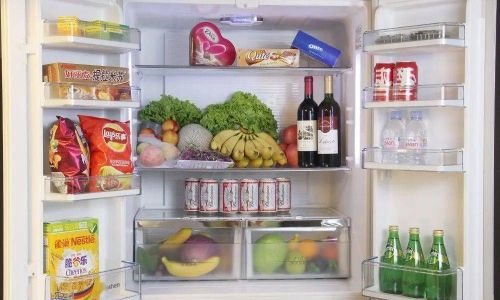
Flavor Degradation: The Taste Test
Flavor is the first casualty of refrigeration. A ripe tomato’s complexity arises from a delicate balance of sugars, acids, and volatile aromatic compounds. Studies have shown that refrigeration reduces the concentration of these compounds, particularly those responsible for floral and fruity notes. For instance, researchers at the University of Florida found that tomatoes stored at 41°F (5°C) for seven days had 30% lower levels of key aroma molecules like geranial and hexanal compared to those stored at room temperature. This chemical shift translates to a blander, less aromatic fruit—a disappointment in dishes like Caprese salads or fresh salsas where tomato flavor should shine.
Texture Troubles: From Firm to Mealy
The texture transformation is equally pronounced. Cold temperatures accelerate the breakdown of pectin, a gel-like substance that holds tomato cells together. As pectin degrades, the fruit’s flesh becomes waterlogge and loses its supple give. This mealy texture is particularly noticeable in heirloom varieties or vine-ripened tomatoes, which have thinner skins and higher water content. Commercially grown tomatoes, bred for durability, may fare slightly better but still suffer from diminished quality.
The Role of Humidity and Airflow
Modern refrigerators often feature humidity-controlled crisper drawers designed to mitigate moisture loss in produce. While adjusting the humidity to “high” can slow dehydration, it does little to prevent the flavor and texture issues caused by low temperatures. Moreover, the cold, dry air of refrigerators can still leach moisture from tomatoes over time, exacerbating texture problems.
Expert Opinions: Chefs vs. Scientists
The culinary world overwhelmingly advises against refrigerating tomatoes. Celebrity chefs like Jamie Oliver and Alice Waters insist that refrigeration “kills” the tomato’s essence, urging home cooks to store them at room temperature, ideally in a single layer to prevent bruising. However, food scientists offer a more nuanced perspective. Dr. Harry Klee, a tomato flavor researcher at the University of Florida, acknowledges that while refrigeration alters texture and flavor, it may be necessary for preventing spoilage in ripe tomatoes, especially in hot climates or for those without immediate access to counter space.
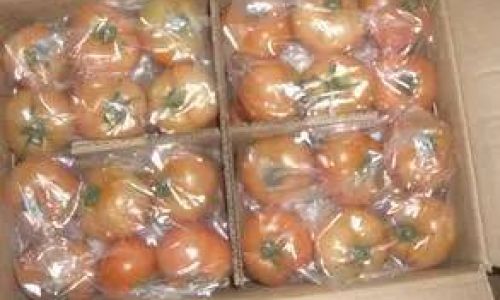
The Compromise: Conditional Refrigeration
The key to harmonizing these viewpoints lies in understanding the tomato’s ripeness stage and intended use. Unripe tomatoes, still firm and green, can benefit from brief refrigeration to slow ripening without significant flavor loss. Once ripe, however, they should be consumed or moved to the countertop. If refrigeration is unavoidable—say, during a heatwave or for tomatoes on the verge of over-ripening—experts recommend a few strategies:
- Store in the Warmest Part of the Fridge: The door compartment, where temperatures fluctuate less, is preferable to the colder back shelves.
- Use a Perforated Bag: Allowing some airflow reduces moisture buildup.
- Limit Refrigeration Time: Aim for no more than three days to minimize texture damage.
- Revive Before Use: Let refrigerated tomatoes come to room temperature for an hour before serving to partially restore flavor.
Varietal Differences: Not All Tomatoes Are Created Equal
The storage debate also hinges on the tomato variety. Cherry tomatoes, with their thick skins and high sugar content, tolerate refrigeration better than larger heirlooms. Plum tomatoes, often used in sauces, may be an exception; their firm flesh and lower water content make them less prone to mealing. Conversely, beefsteak tomatoes, prized for their juicy sweetness, are the most vulnerable to cold damage.
Historical Context: From Field to Fridge
The refrigeration controversy is partly a product of modern agricultural practices. Prior to the 20th century, tomatoes were seasonal, locally grown, and consumed promptly. The advent of refrigerated transport and year-round availability has altered expectations, forcing consumers to balance convenience with quality. Today, many supermarket tomatoes are picked green and gas-ripened with ethylene, a process that already compromises flavor. Adding refrigeration to this equation further dilutes their taste.
Practical Solutions for Tomato Lovers
For those committed to maximizing tomato flavor, several strategies exist:
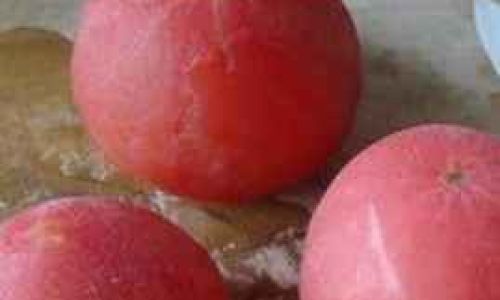
- Buy Local and Seasonal: Farmers’ market tomatoes, often vine-ripened, offer superior taste and texture.
- Ripen at Room Temperature: Store unripe tomatoes in a paper bag with a banana or apple to accelerate ripening via ethylene exposure.
- Use the Countertop Strategically: Place ripe tomatoes stem-side down to prevent moisture loss and avoid stacking to prevent bruising.
- Freeze Surplus Tomatoes: For gluts, freeze whole or puréed tomatoes (without blanching) to preserve flavor for sauces and stews.
The Final Verdict: Context Matters
The answer to whether tomatoes belong in the refrigerator’s fresh-keeping compartment is, ultimately, contextual. For unripe tomatoes needing a pause in ripening, or for ripe ones facing imminent spoilage, refrigeration can be a pragmatic solution—provided it’s brief and followed by a return to room temperature before consumption. However, for tomatoes at their peak, the countertop remains the superior choice, safeguarding the complex interplay of sugars, acids, and aromatics that define their culinary allure.
Conclusion
The debate over tomato storage is a microcosm of broader food preservation dilemmas: balancing practicality with perfection, convenience with quality. While the refrigerator’s fresh-keeping compartment offers a tool to extend shelf life, it comes at a cost to the tomato’s sensory attributes. By understanding the science of ripening, respecting varietal differences, and employing smart storage strategies, home cooks can navigate this debate, ensuring that every dish featuring this cherished fruit honors its full potential. Whether stored in the crisper or on the counter, the tomato’s journey from vine to plate remains a testament to the delicate dance between nature and nurture—a dance best guided by knowledge, patience, and a little culinary intuition.
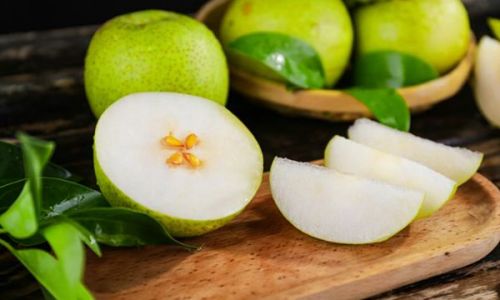
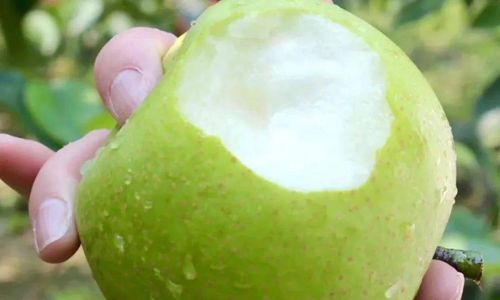



0 comments